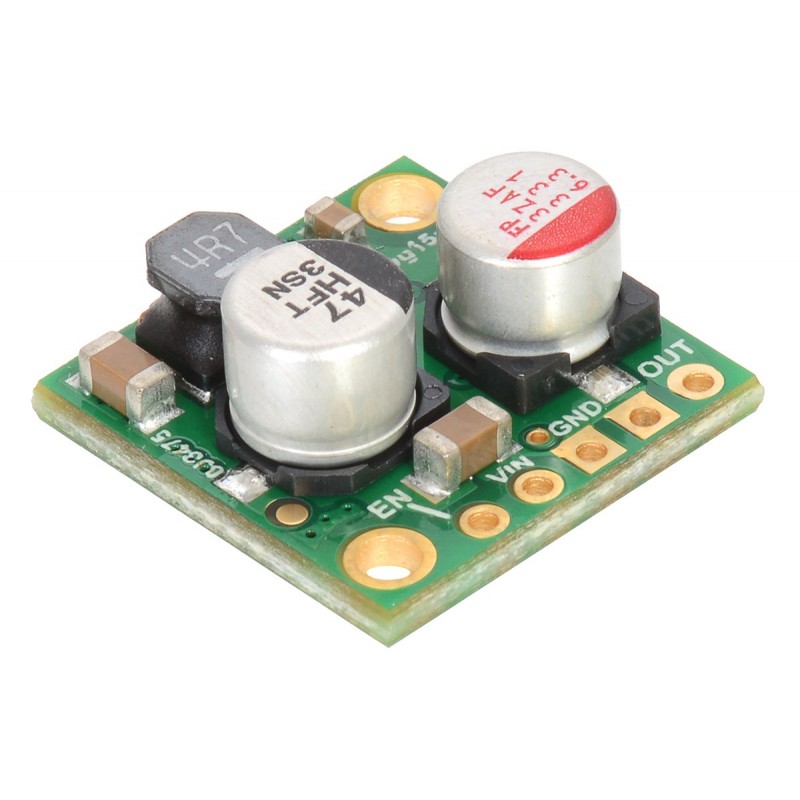

The D24V25Fx family of step-down voltage regulators generates lower output voltages from input voltages as high as 38 V. They are switching regulators (also called switched-mode power supplies (SMPS) or DC-to-DC converters) with typical efficiencies between 85% and 95%, which is much more efficient than linear voltage regulators, especially when the difference between the input and output voltage is large. The available output current is a function of the input voltage and efficiency (see the Typical efficiency and output current section below), but the output current can typically be as high as 2.5 A.
At light loads, the switching frequency automatically changes to maintain high efficiencies. These regulators have a typical quiescent (no load) current draw of less than 1 mA, and the ENABLE pin can be used to put the boards in a low-power state that reduces the quiescent current to approximately 10 µA to 20 µA per volt on VIN. The ENABLE pin can be used to reduce the quiescent current to a few hundred microamps.
The modules have built-in reverse-voltage protection, short-circuit protection, a thermal shutdown feature that helps prevent damage from overheating, and a soft-start feature that reduces inrush current.
Several different fixed output voltages are available.
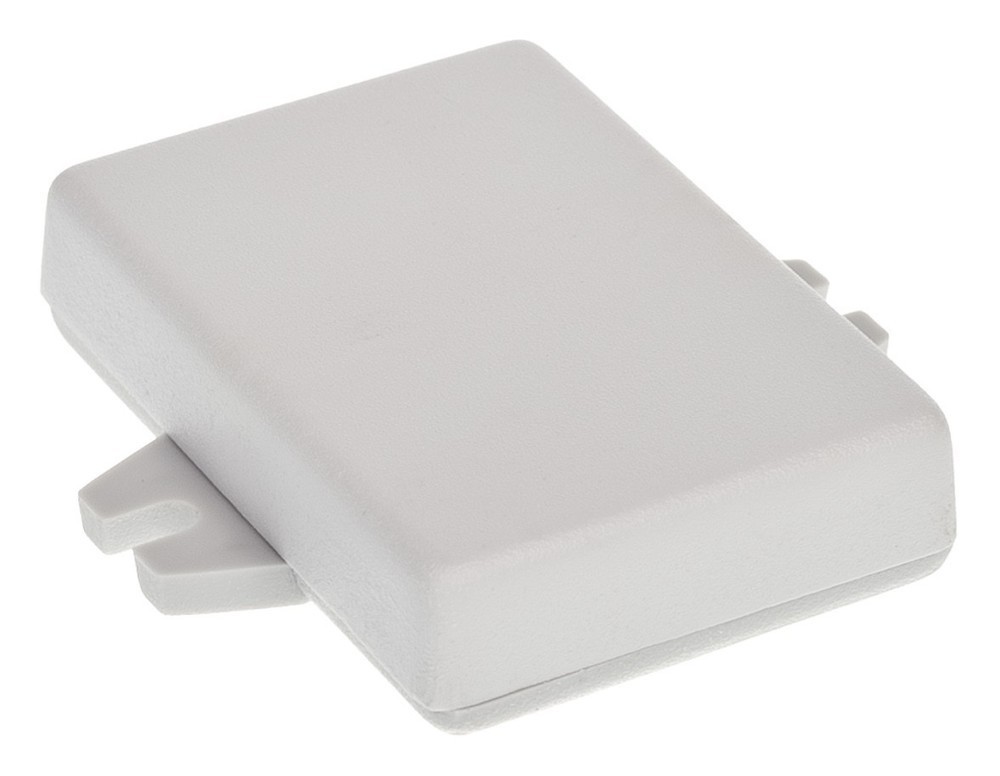
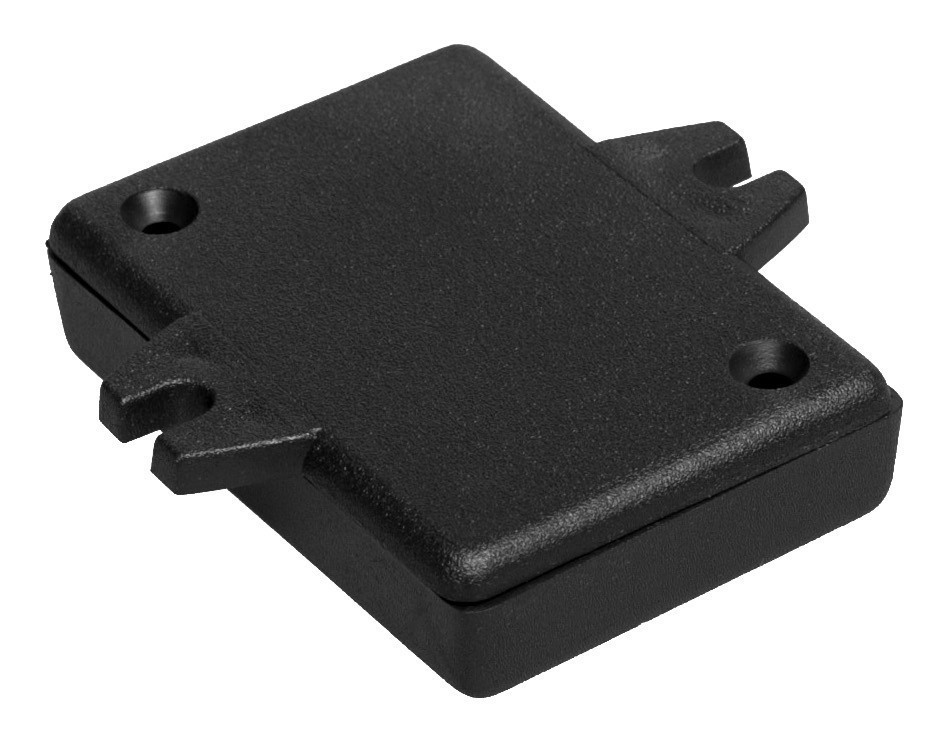
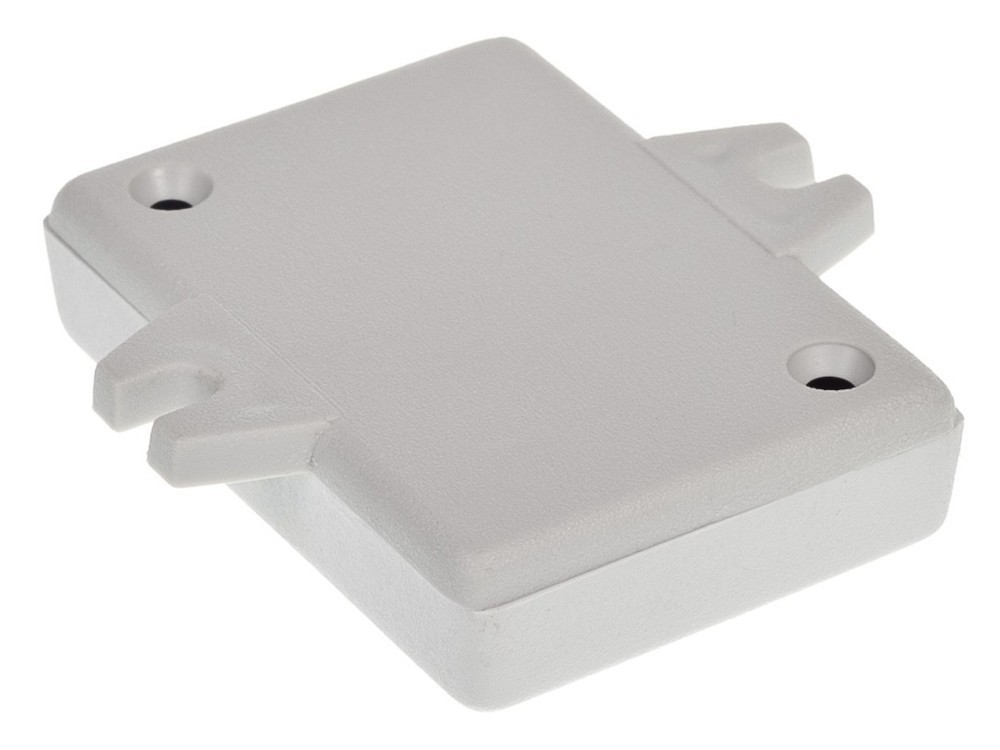

The input voltage, VIN, powers the regulator. Voltages between 4.5 V and 38 V can be applied to VIN, but for versions of the regulator that have an output voltage higher than 4.5 V, the effective lower limit of VIN is VOUT plus the regulator’s dropout voltage, which varies approximately linearly with the load (see below for graphs of dropout voltages as a function of the load).
The output voltage, VOUT, is fixed and depends on the regulator version: the D24V25F3 version outputs 3.3 V, the D24V25F5 version outputs 5 V, the D24V25F6 version outputs 6 V, the D24V25F7 version outputs 7.5 V, and the D24V5F9 version outputs 9 V.
The regulator is enabled by default: a 100 kΩ pull-up resistor on the board connects the ENABLE pin to reverse-protected VIN. The ENABLE pin can be driven low (under 0.6 V) to put the board into a low-power state. The quiescent current draw in this sleep mode is dominated by the current in the pull-up resistor from ENABLE to VIN and by the reverse-voltage protection circuit, which will draw between 10 µA and 20 µA per volt on VIN when ENABLE is held low. If you do not need this feature, you should leave the ENABLE pin disconnected.
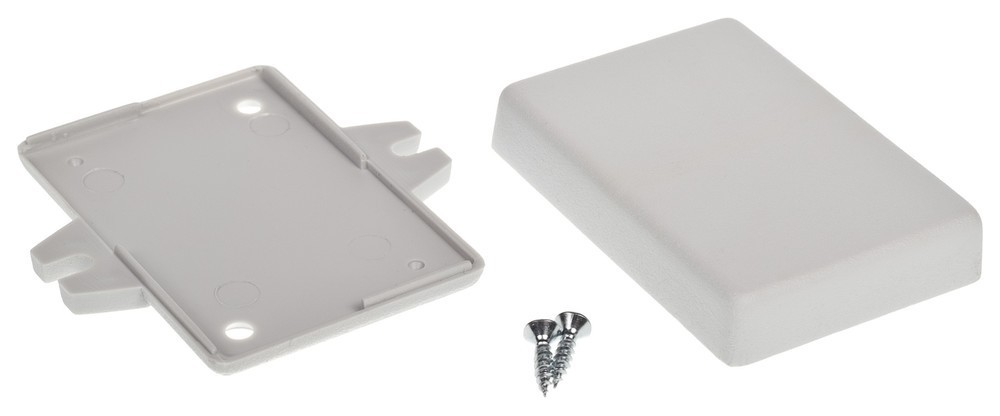
The five connections are labeled on the top of the PCB and are arranged with a 0.1″ spacing for compatibility with solderless breadboards, connectors, and other prototyping arrangements that use a 0.1″ grid. Either the included 5×1 straight male header strip or the 5×1 right angle male header strip can be soldered into these holes. For the most compact installation, you can solder wires directly to the board.
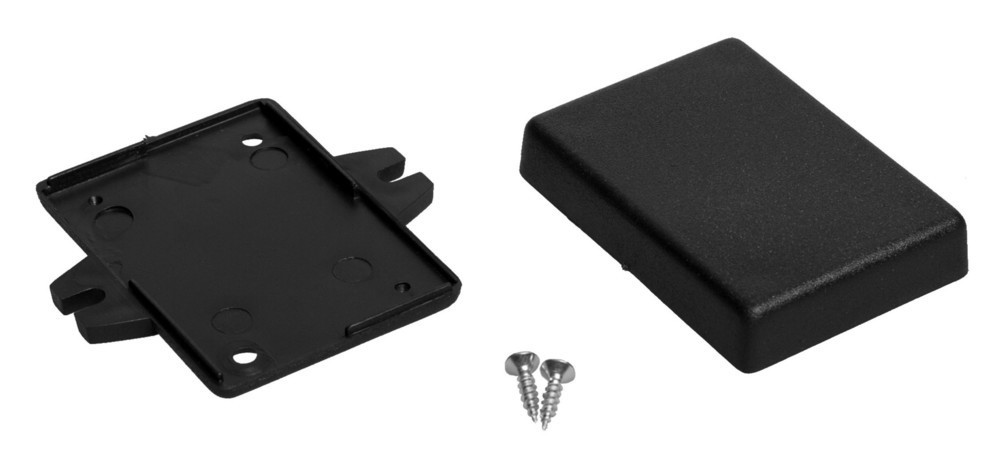
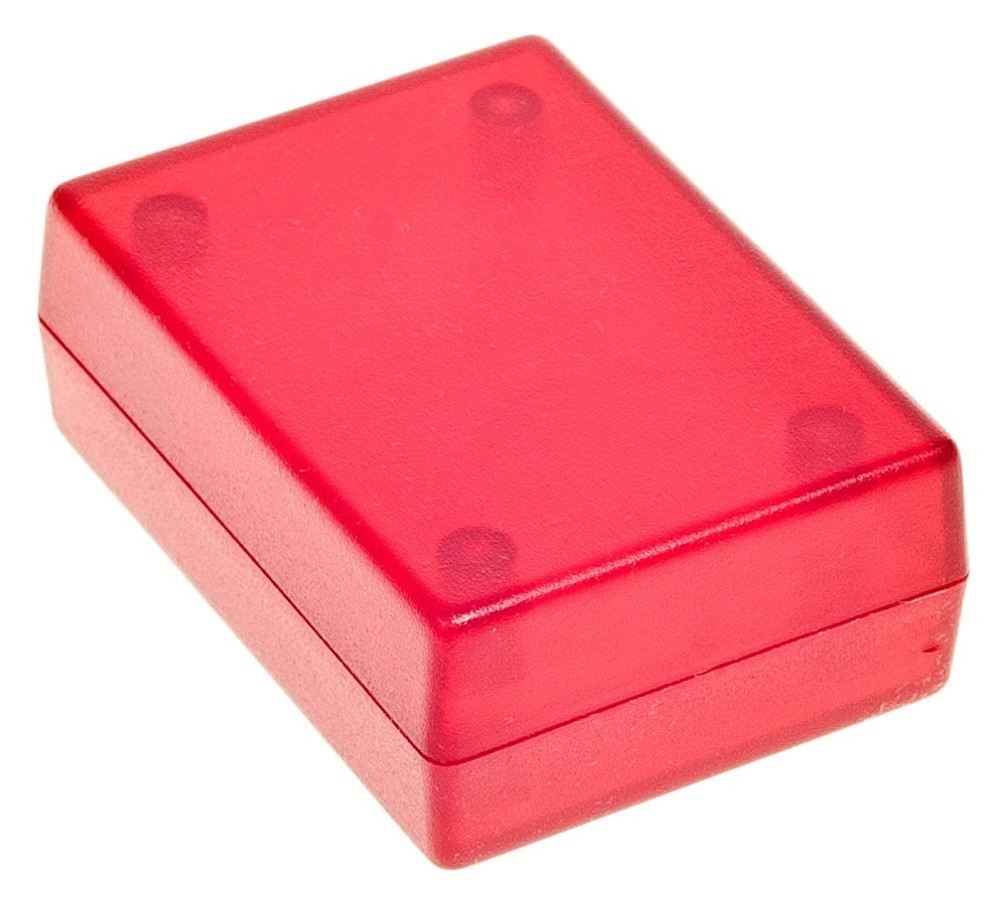
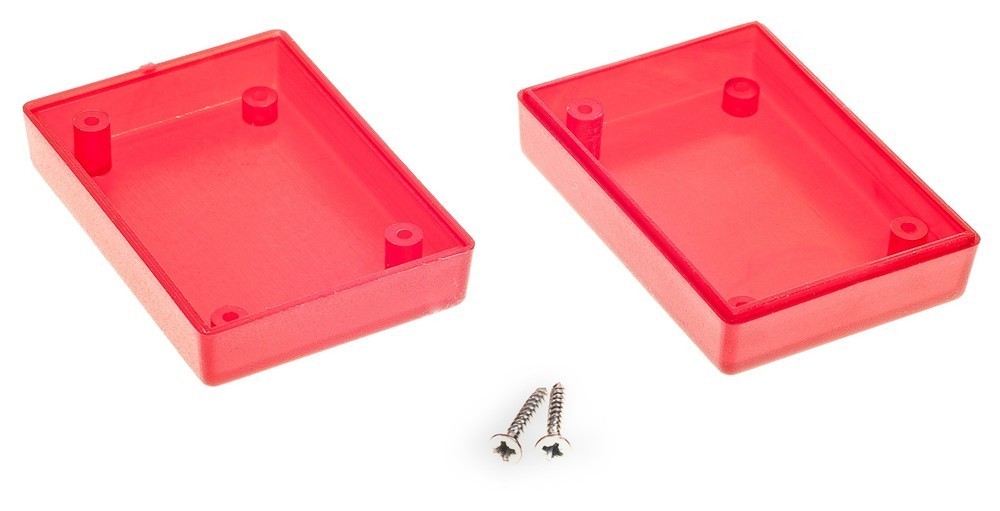
Data sheet
Manufacturer BTC Korporacja sp. z o. o. Lwowska 5 05-120 Legionowo Poland sprzedaz@kamami.pl 22 767 36 20
Responsible person BTC Korporacja sp. z o. o. Lwowska 5 05-120 Legionowo Poland sprzedaz@kamami.pl 22 767 36 20
Step-Down converter D36V50F9 with an output voltage of 9 V, an input voltage from 9.9 to 50 V and a maximum output current of 7 A. Pololu 4094
No product available!
This small synchronous switching step-down (or buck) regulator takes an input voltage of up to 38 V and efficiently reduces it to 3.3 V. The board measures only 0.7″ × 0.7″, but it allows a typical continuous output current of up to 2.5 A. Typical efficiencies of 80% to 95% make this regulator well suited for powering moderate loads like sensors or small motors.
No product available!
Step-Down XL4005 converter module with adjustable output voltage in the range from 0.8 to 30 V with a wide input voltage range from 4.5 to 30 V and a maximum output current of 5 A
The Step-Down D24V3F12 Buck Voltage Regulator module gives the output voltage of 12V with a wide input voltage range of 14.5-42V and a maximum output current of 300 mA. Pololu 2100
No product available!
The Step-Down D24V6F5 Buck Voltage Regulator module gives the output voltage of 5V with a wide input voltage range of 7-42V and a maximum output current of 600 mA. Pololu 2107
This compact (0.4″ × 0.5″) switching step-down (or buck) voltage regulator takes input voltages up to 50 V and efficiently reduces them to 15 V while allowing for a maximum output current of 600 mA. It has a very low dropout, so it can be used with input voltages that are within a few hundred millivolts of its output.
Step-Down RT8272 converter with adjustable output voltage in the range from 5 V to 12 V, input voltage from 5 to 24 V and a maximum output current of 3 A
Step-down converter with adjustable output voltage 1.2V-35V and current efficiency 9A. The module allows to limit the current consumption at the output via a multi-turn potentiometer. modxl4016sd
No product available!
Step-Down converter with an output voltage of 5 V, an input voltage of 7 to 26 V and a maximum current of 3 A
Waterproof DC-DC Step-Down Converter with 8 to 22V input voltage and 5V 3A USB output
No product available!
Step-Down converter D36V28F9 with an output voltage of 9 V, an input voltage from 9.8 to 50 V and a maximum output current of 3.4 A. Pololu 3785
Przetwornica DC-DC Step Down (MP1584), Uwe 4.5..28V, Uwy regulowane 0.8..20V, RoHS
The compact (0.4″ × 0.5″) D24V5F1 synchronous buck voltage regulator takes input voltages between 3 V and 36 V and efficiently reduces them to 1.8 V while allowing for a maximum output current of 500 mA. This regulator offers typical efficiencies between 75% and 90%. The pins have a 0.1″ spacing, making this board compatible with standard solderless breadboards and perfboards.
The energy harvesting module based on the LTC3588 chip, which is a complete energy harvesting solution for sources such as piezoelectric, solar or magnetic transducers. SparkFun BOB-09946
Step-Down converter D36V28F5 with an output voltage of 5 V, an input voltage from 5.3 to 50 V and a maximum output current of 4 A. Pololu 3782
A power supply based on a DC-DC converter with a current capacity of up to 5.1 A. The input voltage can range from 5 V to 30 V, while the output voltage is adjustable from 0 V to 36 V. It has built-in WiFi communication. XY3605

Step-Down Voltage Regulator D24V25F5. Pololu 2850
